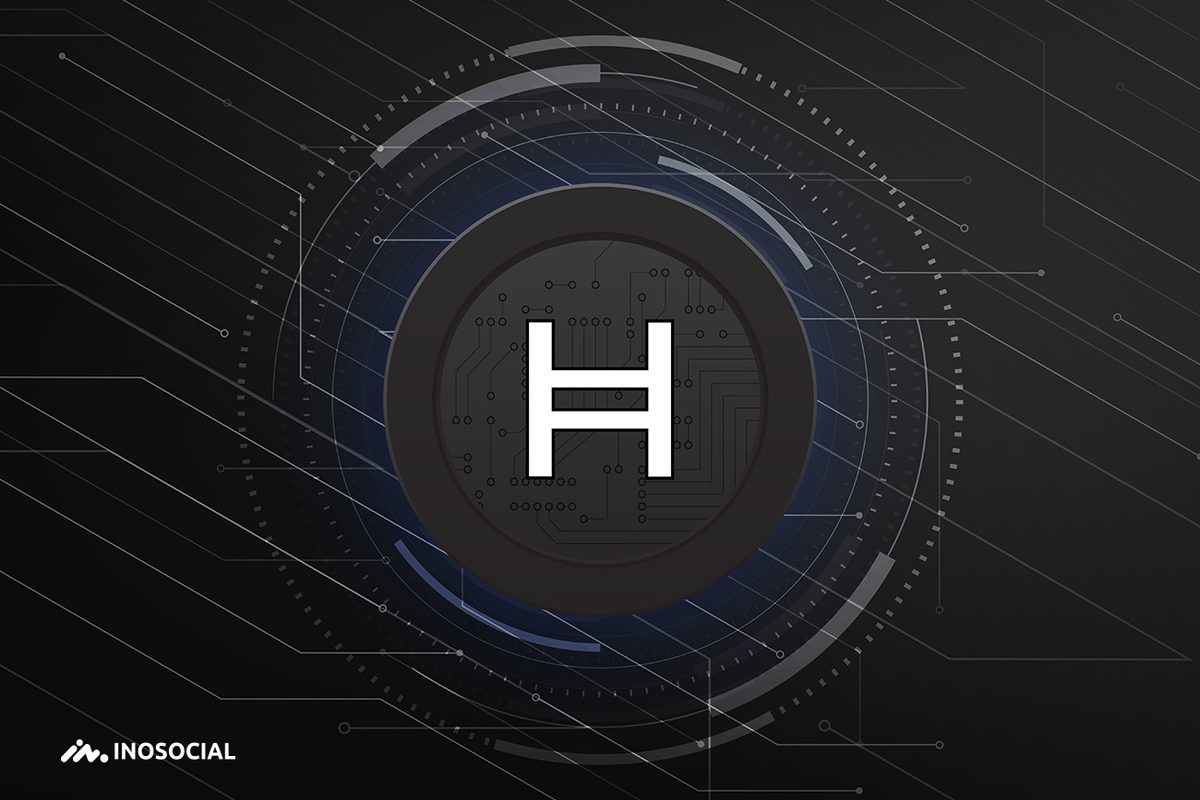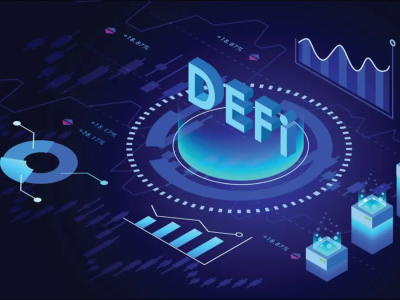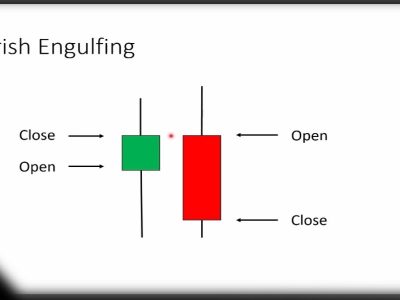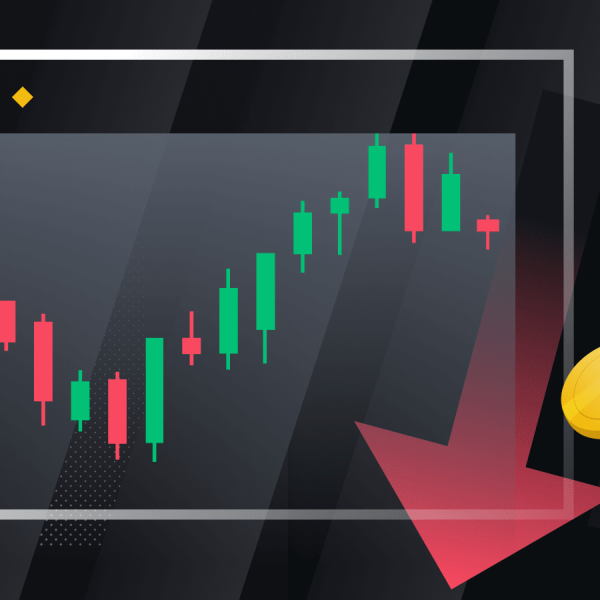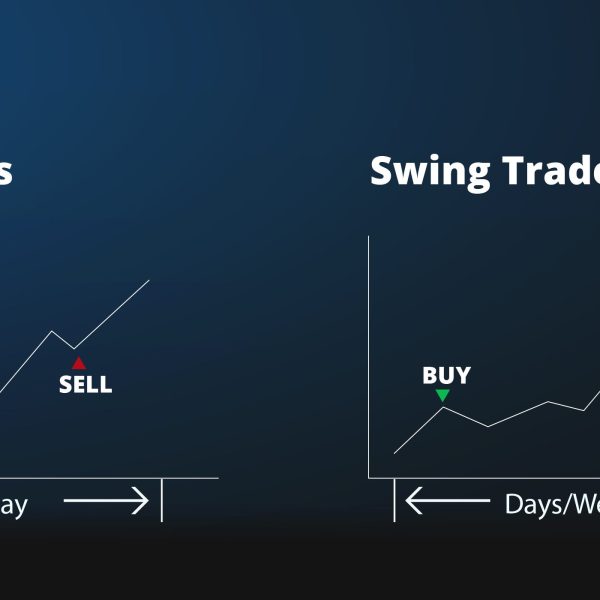Hedera (HBAR) is a cryptocurrency that runs on a blockchain known as a hashtag. Hedera Hashgraph Enables digital currencies, smart contracts and distributed applications (DApps). Hedera is owned and supported by some of the world’s largest companies and uses a different version of the stake proof consensus algorithm to deliver faster transaction times, lower fees and lower power consumption compared to other digital currencies.
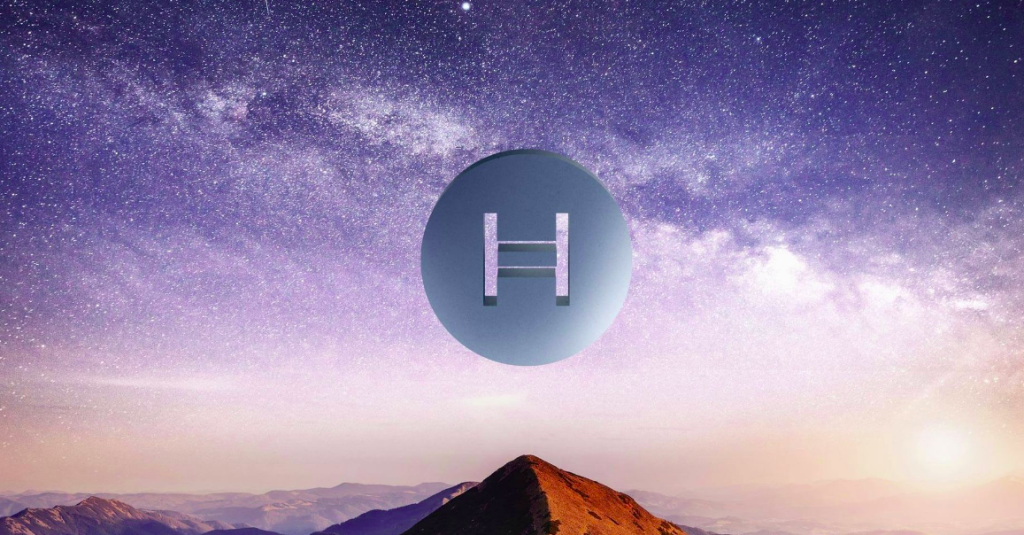
What is Hedera (HBAR)?
Hedera Hashgraph is claimed to be beyond most traditional blockchains. If you want to learn what Hedera Hashgraph can offer you, this guide is for you.
Hedera is a decentralized public network that personalizes the digital world in ways that have never been explored before. It is for developers beyond the blockchain to produce fast, fair and secure applications.
You can also read: What Is A Bearish Pennant And How To Trade It?
The Hedera Hashgraph was invented by Dr. Leemon Baird and senior scientist Mande Harmon. This ground breaking invention was developed by the founders through experience and expertise gained in collaboration with the US Air Force Academy, Swirlds, Trio Security and BlueWave Security.
Hedera uses Hashgraph, which is a better alternative to DLT (Distributed General Office Technology) compared to traditional blockchain DLT and is suitable for large-scale primary use.
This platform allows users to interact and interact online securely and efficiently without the intervention of third-party intermediaries, which can compromise user sensitive information. To better understand Hedera Hashgraph, we need to understand how this network transcends the blockchain.
First of all, in the case of the Blockchain, it is impossible to point out its inability to manage the degree of scaling required by major markets. Large-scale systems should be able to facilitate hundreds of thousands of transactions per second, but as it turns out, existing blockchains do not have the infrastructure to perform such tasks.
On the other hand, the Hedera network can facilitate 10,000 transactions per second using the most secure and efficient methods.
Unlike other blockchain consensus mechanisms, Hashgraph is said to be capable of withstanding asynchronous Byzantine Fault (ABF), which makes it highly secure against attacks such as Sybil and DDoS. Hedera believes that the consensus mechanism of other DLTs in providing such security measures is short enough.
In addition, many public blockchains have little or no technical control over decision-making, which can cause problems if a problem occurs in the system. Many people also believe that public DLT systems should be run by highly reputable representatives from a range of departments.
In Hedera (HBAR), however, there is a governance structure responsible for reviewing platform code base changes, selecting board directors, and balancing power in the enterprise system. Hedera believes that strong security and effective governance is the key to maintaining a stable system.
Hedera Hashgraph aims to provide a stable, efficient, and reliable platform for enterprise-level applications, rather than serving as a digital currency. However, like any other public DLT, a digital currency is essential for network performance.
How does Hedera (HBAR) Work?
HBAR is the native digital currency of the Hedera platform. It performs two functions in the network, which are:
Network Fuel
Developers use HBAR to pay for network-related services, such as performing smart contracts, saving files, or exchanging digital currencies. For each transaction performed on the network, HBAR tokens are used to motivate and pay for network nodes. Developers can also integrate HBAR tokens into the program to create peer-to-peer and micropayments business models.
Network protection
Public Hedera stake- proof networks use HBAR tokens that are placed in network nodes to weigh network votes on transactions when a consensus is reached. Network voting with HBAR tokens makes malicious manipulation of consensus costly and difficult for actors.
It should also be noted that there are benefits to using HBAR tokens. They are:
Outstanding performance
The Hedera network can facilitate 10,000 HBAR token transactions per second, in a fraction and in the general office, without compromising network stability or security.
Low Fee
The Hashgraph Hedera Consensus is extremely lightweight, allowing each HBAR transaction to cost minutes (approximately US $ 0.0001). This low transaction cost combined with very high throughput makes HBAR micropayments a reality.
Finalization of transactions in seconds
HBAR Hedera transactions are finalized in three to five seconds compared to Bitcoin or Ethereum, which takes one minute and thirty to fifty seconds, respectively.
HBAR Token
The HBAR Token service allows applications to configure, multiply and manage unique tokens in Hedera without the need to set up a smart contract. Tokens, like HBAR, are fast, fair, and secure, with a transfer fee of 1 USD. Customers have tight control over tokens and accounts, with key and token configurations that provide the flexibility to verify and block a KYC account, manage token supply, transfer, and more.
You can see the complete tutorial on getting started with the HBAR Token service in the official Hedera documentation. With HTS, it is very easy to create a new token that can show anything from a stable coin to a dollar or an in-game reward system.
Will Hedera become a rival to Ethereum?
The Hedera (HBAR) network has more to do with this, and the project continues to grow and evolve. Yet, as you continue to pursue Hedera, you need to have enough information and understanding to get started.
It is unknown at this time what he will do after leaving the post. However, scalable technology is significant and allows for much higher transaction rates than are currently available for Ethereum Blockchain. All of this may change with the release of the Ethereum 2.0 update (scheduled for 2022), which will change Ethereum from proof of work to proof of stake. This move should greatly increase the transaction potential of the Ethereum while reducing its gas costs.
What Is Hedera (HBAR) Governing Council?
Hedera (HBAR) runs a system of government called the Governing Council. The governing council consists of well-known institutions such as IBM, Deutsche Telekom, TATA Communications, FIS, Nomura, Boeing, DLA Paper, Swisscom Blockchain, Magulu, Swirlds. The governing council is set up to maintain a rotating council of 39 companies selected from a wide range of industries and geographies. The purpose of this system is to maintain power balance at all times.
The Administrative Council has the following duties:
Code Database
The members of the Hedera Governing Council all have equal views on the software direction for thousands of public nodes and the platform code base.
No forks
The hashgraph consensus algorithm has a proprietary review code, the network and its main digital currency have a fork-free warranty. This maintains the stability of the development for application developers as well as ensures long-term network reliability.
Primary Network Nodes
Thousands of public nodes are expected to join the network to support consensus and decentralized growth. The governing council sets the initial set of nodes in the public network after sufficient screening.
Limitation of the term and equality of votes
Each member of the governing council has the right to have a term of up to 3 years and a maximum of 2 consecutive terms, as well as equal votes in network and platform decisions. But Swirlds has another term. Swirlds is the creator of the hashgraph algorithm and therefore has a fixed seat and an equal vote in the council. The HBAR network maintains decentralization by separating sovereignty from consensus. It is designed to ensure that the Governing Council is competent at all times.
Finally, the council is required to perform the following tasks:
- Treasury management to ensure network security;
- Provide legal requirements to serve global markets;
- Variability control for handling data and legal compliance;
- Guide the public network node platform and code base.
FAQs
What makes HBAR different?
Hedera Hashgraph is unique because it is a public secure digital currency that is not based on Blockchain technology. This is both a strength and a weakness of HBAR.
Is HBAR a private cryptocurrency?
Since 2018, Hedera Hashgraph has earned $124 million from the sale of its HBAR digital currency through a simple agreement for future tokens offering (SAFT). Launched as a private network, HBAR Hashgraph intends to gradually allow more entities to join the network until it finally becomes public at a later date.


